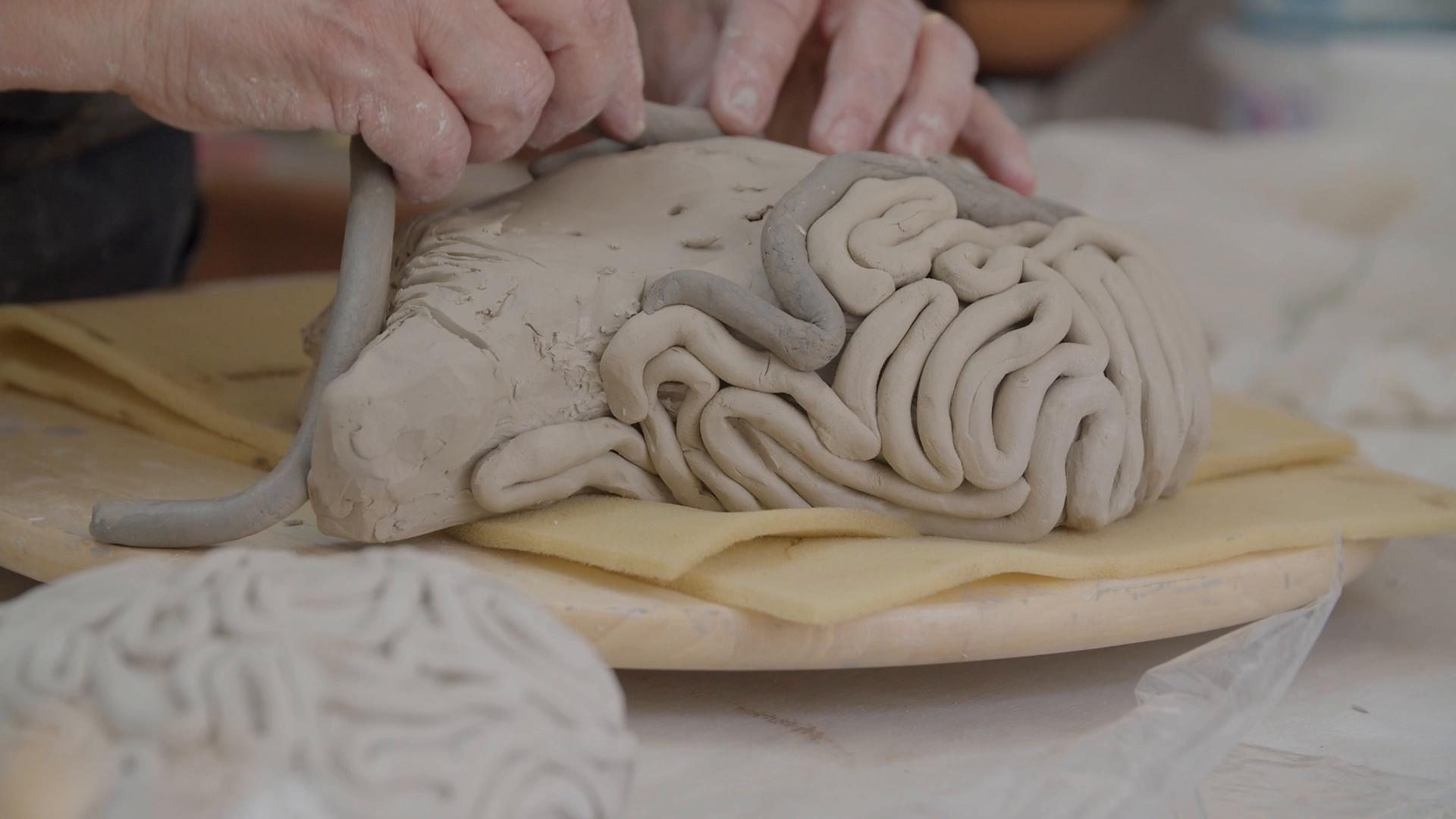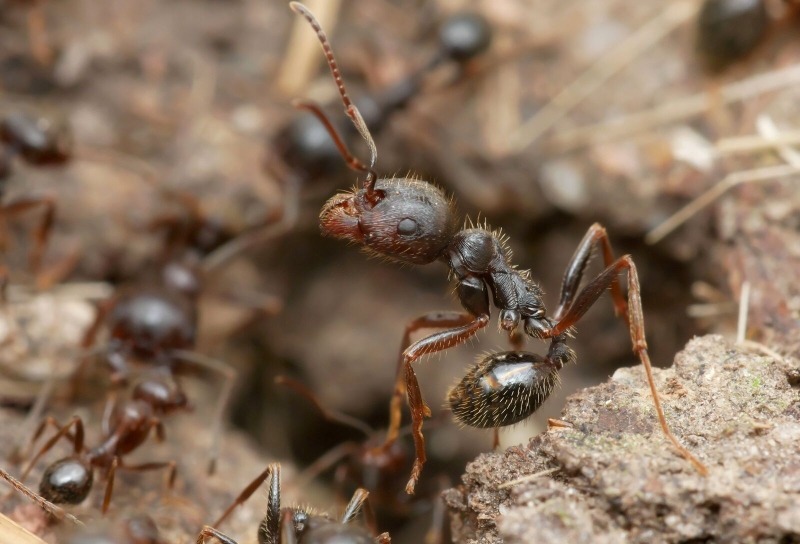When children are around six years old, they experience significant developmental transformations impacting their physical development as well as their mental and emotional abilities. This phase, occasionally referred to as “wobbly-tooth puberty,” signifies a crucial stage in brain development, setting the groundwork for advanced thought processes, interpersonal abilities, and emotional control.
The term “wobbly-tooth puberty” playfully references the noticeable physical milestone children experience at this age—the loss of baby teeth—which coincides with significant neurological development. While losing teeth may be the most visible sign of change, beneath the surface, children’s brains are reorganizing in ways that profoundly influence their behavior, learning, and interaction with the world.
Neuroscientists studying brain development have identified that around six years old, children enter a phase characterized by rapid growth in several key brain regions. These include areas responsible for executive functions such as attention control, working memory, and problem-solving abilities. This stage also sees maturation in the prefrontal cortex, which plays a crucial role in decision-making and impulse control.
The improved interaction among various brain networks at this stage enables children to handle information with greater efficiency and adaptability. Consequently, many six-year-olds start to exhibit heightened curiosity, advanced language abilities, and an expanding ability to grasp intricate concepts. These progressions facilitate their shift from early childhood to more organized educational settings like school, where mental challenges become more demanding.
Emotionally, this period can be both exciting and challenging. Children become more aware of their own feelings and those of others, but their ability to regulate emotions is still developing. This can lead to fluctuations in mood, occasional frustration, and a need for increased support from caregivers and educators. Understanding this neurological backdrop helps explain behaviors that might otherwise seem puzzling during this stage.
Socially, six-year-olds start to form deeper relationships with peers, learning cooperation, empathy, and conflict resolution. The brain changes underpinning these abilities contribute to improved social cognition, enabling children to navigate group dynamics more adeptly. They also become more sensitive to social feedback, which can affect self-esteem and confidence.
Physical coordination and motor skills often advance as well, with children gaining better control over fine and gross movements. This progress supports participation in a variety of activities—from handwriting to sports—that foster further brain development through practice and experience.
The concept of “wobbly-tooth puberty” emphasizes that this stage is a form of neurological puberty, where the brain undergoes remodeling much like the body does during adolescence. However, unlike the dramatic hormonal shifts seen in teenage years, the brain changes around six are more subtle but no less critical. They prepare children for the more demanding intellectual and social challenges ahead.
Parents and educators play a vital role during this phase by providing environments that nurture cognitive and emotional growth. Activities that encourage problem-solving, creativity, and social interaction can help reinforce new neural pathways. Equally important is offering consistent emotional support and understanding as children navigate the sometimes overwhelming changes in their inner and outer worlds.
Research also suggests that adequate sleep, balanced nutrition, and physical activity are essential for optimal brain development at this age. These factors contribute to the brain’s ability to adapt and form lasting connections, highlighting the importance of holistic care during early childhood.
Understanding the transformations taking place in the brains of six-year-olds can enhance strategies in education and parenting. Acknowledging that actions like heightened distractibility or emotional instability are connected to brain development, and not deliberate defiance, promotes patience and customized assistance.
In classrooms, teaching strategies that incorporate interactive learning, movement, and social collaboration align well with the neurological capabilities of children in this age group. Early identification of learning difficulties is also facilitated by understanding typical brain development patterns, allowing timely interventions that can make a significant difference.
Additionally, this phase establishes the foundation for lifelong learning patterns. As children’s minds become more skilled at handling data and emotions, they build resilience and adaptability that benefit them in educational and personal situations throughout their lives.
Research efforts continue to delve into the complexities of brain maturation in the early years, revealing the impact of experiences on neural structures. Identifying “wobbly-tooth puberty” as a unique stage highlights the evolving nature of cerebral development and emphasizes the significance of nurturing surroundings in promoting healthy growth.
The period around six years of age represents a profound transformation in children’s brains, marked by enhanced cognitive, emotional, and social abilities. This phase, whimsically dubbed “wobbly-tooth puberty,” reflects a critical stage in human development, where foundational skills for future success are cultivated. Understanding and responding to these changes with empathy and informed care can help children thrive during this pivotal time and beyond.





